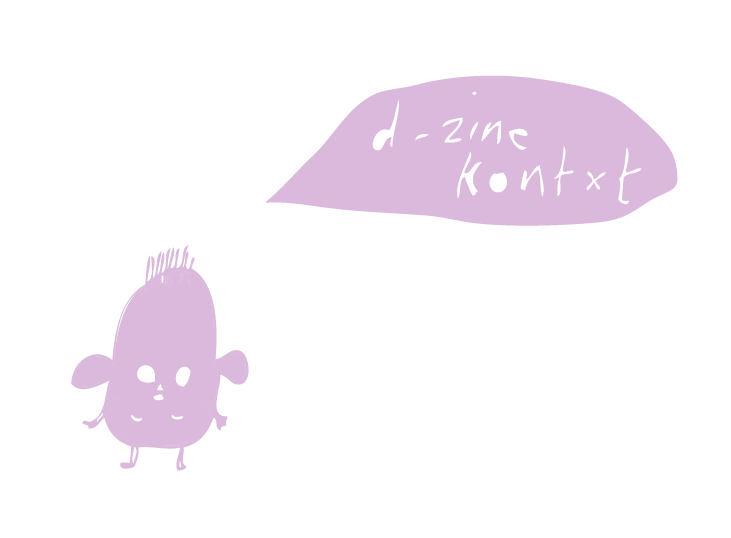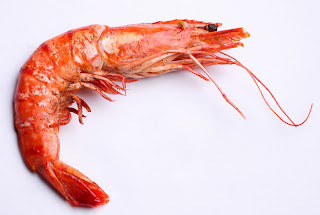I have been investigating possible contexts for my type designs other than the context of a word.
Monday 25 April 2011
Bibliography for image
Perry, M. Hand Job : A catalogue of type, 2007, China, Princeton Architectural
Chariav, J. Drawing Fashion : A Century of fashion illustration, 2010, Munich, Prestel
Klanten, R. Paper Craft : Design and art with paper, 2009, Berlin, Die Gestalten Verlag
Koshiro, H & Sweeny, R. Paper : Tear, Fold, Rip, Crease, Cut, 2009, London, Black dog publishing
Hyland, A. The Picture Book, 2006, London, Laurence King Publishing Ltd
Creating a clipping mask tutorial
Mask layers with clipping masks
A clipping mask lets you use the content of a layer to mask the layers above it. The masking is determined by the content of the bottom orbase layer. The non-transparent content of the base layer clips (reveals), the content of the layers above it in the clipping mask. All other content in the clipped layers is masked out.

Clipping mask: content of the clipped layer (Potatoes) is only visible within the content of the base layer (Logo)
You can use multiple layers in a clipping mask, but they must be successive layers. The name of the base layer in the mask is underlined, and the thumbnails for the overlying layers are indented. The overlying layers display a clipping mask icon  .
.
 .
.The Blend Clipped Layers As Group option in the Layer Style dialog box determines whether the blending mode of the base affects the whole group or just the base. (See Group blend effects.)
Create a clipping mask
- Arrange the layers in the Layers panel so that the base layer with the mask is below the layers that you want to mask.
- Do one of the following:
- Hold down Alt (Windows) or Option (Mac OS), position the pointer over the line in the Layers panel dividing the base layer and the first layer above it that you want to include in the clipping mask (the pointer changes to two overlapping circles
 ), and click.
), and click. - Select the first layer above the base layer in the Layers panel, and choose Layer > Create Clipping Mask.
- To add additional layers to the clipping mask, use either method in step 2, and work your way upward one level at a time in the Layers panel.Note: If you create a new layer between layers in a clipping mask, or drag an unclipped layer between layers in a clipping mask, the layer becomes part of the clipping mask.Layers in the clipping mask are assigned the opacity and mode attributes of the base layer.
Remove a layer from a clipping mask
 Do one of the following:
Do one of the following:- Hold down Alt (Windows) or Option (Mac OS), position the pointer over the line separating two grouped layers in the Layers panel (the pointer changes to two overlapping circles
 ), and click.
), and click. - In the Layers panel, select a layer in the clipping mask, and choose Layer > Release Clipping Mask. This command removes the selected layer and any layers above it from the clipping mask.
Sunday 24 April 2011
shrimp research
I am looking closely at the anatomy of the shrimp and which features distinguish it most. When creating a shrimp based typeface I may only be able to use elements of it and not the entire body - obviously shape will not be possible to maintain because the shape of the shrimp will be replaced by the letterforms.
Thursday 21 April 2011
Mike Perry catalogue research
I have picked out some image driven type that I particuarly like an I think will be the kind of aesthetic that I am hoping to achieve.
I really like the detail of this alphabet: the hand drawn element allows it to be especially detailed. It stands alone as a piece of design as well as working well when the letters are formed into words.
I would like to experiment with masks on photoshop to create an effect like this one :
This is probably more image based than I want to go, but I would like to see how far I could push towards the distinction between legible, readable type, and image.
I like the idea of recreating an idea that is ultimately 3d, and then creating it in a 2dimensional way like this one :
Wednesday 13 April 2011
Pomme Chan
I love this designers work with image driven type. Its a lot more digital than anything I would be able to achieve at this stage, but it makes me want to get better with the software.
Subscribe to:
Posts (Atom)






















